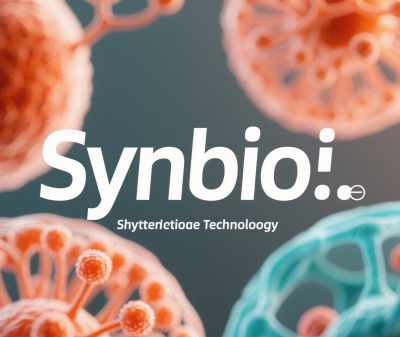
Decoding “SynBio I”: Multidimensional Interpretations and Contextual Analysis
The term “SynBio I” is not a standardized phrase in synthetic biology (SynBio). However, its potential meanings can be inferred through existing literature, technological trends, and industry practices. Below is a multidimensional analysis based on SynBio’s core principles and naming conventions:
I. Potential Abbreviation Expansions
- SynBio-Industrial Biotechnology:
- Sustainable Biomanufacturing: Core industrial applications involve engineering microbes (e.g., yeast, E. coli) to produce chemicals, biofuels (e.g., ethanol, butanol), or high-value materials (e.g., bioplastics).
- Example: Engineered cyanobacteria converting CO₂ directly into fuel molecules.
- Industrial Chassis Development: Optimizing microbial hosts (e.g., Pseudomonas putida, Bacillus subtilis) as “biofactories” by removing non-essential genes or enhancing stress tolerance (e.g., high temperature, salinity).
- SynBio-Immunotherapy:
- Programmable Cell Therapies: Designing synthetic immune cells (e.g., CAR-T cells) or engineered probiotics for cancer treatment or autoimmune disease management.
- Example: CRISPR-Cas9-built logic gates responding to tumor microenvironments.
- Vaccine Development: Rapid design of mRNA vaccines or virus-like particles (VLPs), exemplified by modular COVID-19 vaccine platforms.
- SynBio-Intelligent Systems:
- AI-Driven Adaptive Biosystems: Integrating machine learning and biomolecular computing to create “smart cells” that dynamically adjust to environmental changes.
- Bio-Electronic Interfaces: Hybrid systems combining SynBio with nanotechnology (e.g., light-controlled insulin-secreting bacteria).
- SynBio-International Collaboration:
- Global Governance: Promoting ethical frameworks (e.g., Cartagena Protocol) and data-sharing platforms (e.g., iGEM Registry) to mitigate risks.
- Technology Transfer: Empowering developing nations with SynBio solutions for food security (e.g., nitrogen-fixing microbes) or environmental remediation (e.g., plastic-degrading bacteria).
II. Versioning or Subfield Categorization
- SynBio 9.0:
- Self-Sustaining Biosystems: Engineering autotrophic microbes (e.g., CO₂-utilizing E. coli) for carbon-neutral production.
- Quantum Biomanufacturing: DNA origami or quantum dots for ultra-dense molecular data storage (e.g., 1g DNA storing global data).
- SynBio-Integration:
- Bio-Digital Twins: Simulating metabolic networks to optimize industrial fermentation parameters (e.g., pH, dissolved oxygen).
- Synthetic Ecosystems: Multi-species consortia (e.g., lignin-degrading fungi + fuel-producing bacteria) for full biomass utilization.
III. Industry or Project-Specific Terminology
- Corporate or Project Codes:
- “I” as “Innovation Pipeline”: R&D focuses like Ginkgo Bioworks’ “I-Series” for AI-driven enzyme design.
- Technical Platforms: “Industrial Chassis Toolkit” or “Immunoengineering Suite.”
- Technical Taxonomy:
- Biosafety Level I: Containment protocols for industrial synthetic organisms (e.g., high-yield strains).
- I-Type Metabolic Engineering: Optimizing isoprene or indole pathways for synthetic rubber or pharmaceutical precursors.
IV. Typographical Errors or Conceptual Ambiguity
- Misspellings:
- SynBio-iGEM: Student projects using BioBricks in the International Genetically Engineered Machine competition.
- SynBio-In Silico: Computational tools like Rosetta for protein structure prediction.
- Misinterpretations:
- SynBio-IoT: Synthetic organisms as environmental sensors for real-time pollutant monitoring.
- SynBio-In Vitro: Cell-free systems (e.g., TXTL platforms) for rapid genetic circuit testing.
Summary and Recommendations
“SynBio I” may refer to industrial biotechnology, immunotherapy, intelligent systems, or international collaboration, depending on:
- Technical Focus: Biomanufacturing vs. medical applications.
- Applications: Metabolic engineering vs. vaccine development.
- Industry Context: Links to companies (e.g., Zymergen’s “I-Series”) or initiatives (e.g., EU “Industrial BioRevolution”).
For precise clarification, provide technical documentation or research context.
If you are interested in purchasing this domain, please contact: chuanchuan810@gmail.com





